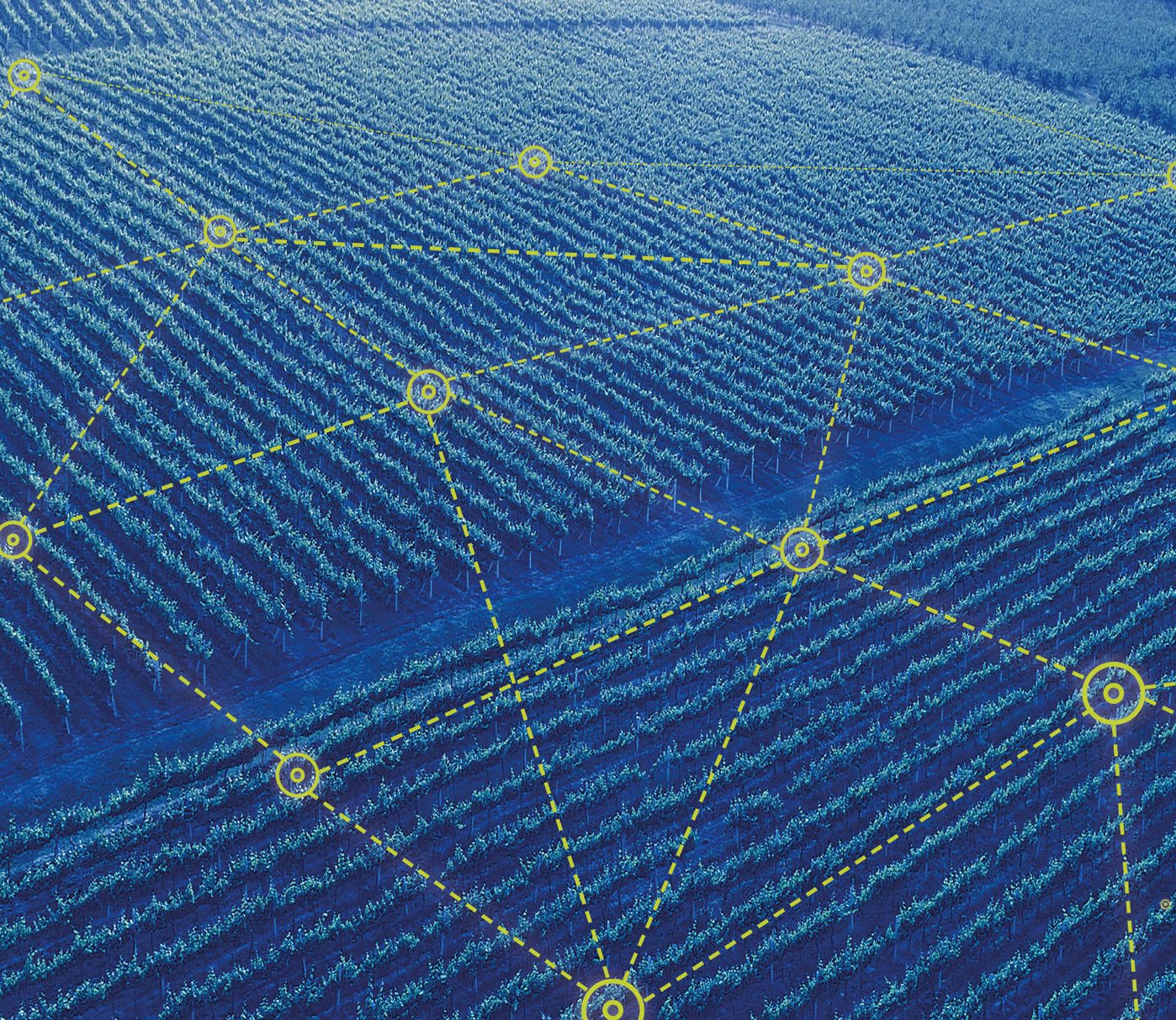

What are the main theoretical and practical challenges in designing low-power wireless sensor networks? Professor Jiri Srba from the Department of Computer Science at Aalborg University, Denmark, gives an answer.
| Share |
|
Aalborg University is the leading engineering university in Europe and ranked 4th best in the world in the US-based ranking Best Global Universities for Engineering.
Professor Jiri Srba specializes in modelling, validation and verification of real-time systems, e.g. networks, software, control processes, or workflows. By building a virtual model of a system you can predict how these systems behave and if they live up to their specifications. Jiri Srba and his colleagues analyse complex systems that would be difficult and expensive to test in real-life, e.g. network protocols, traffic control systems, floor heating systems etc.

Important to address
Surveying the different protocols for wireless, low-power sensor networks, Jiri Srba has found a range of topics important for them to address, not only now but also in regard to future challenges:
– I won’t go into any technical details with specific products or technologies, but I‘d like to point out some of the main challenges as I see them. And with the Internet of Things being such a strong trend I am sure we’ll be discussing much of this in the coming years.
Avoiding bottlenecks
– One place to start could be the importance of centralized control versus de-centralized control. When you need scalability, centralized network management soon becomes a problem. With centralized control you’ll end up with bottlenecks in your system. The server controlling your system may only be able to communicate with parts of the system, and if it crashes, the whole network will be down. So to avoid that, you need de-centralized network management.
– Mobility is another challenge. Some networks may be almost completely static, like in smart home solutions, and that is fairly easy to handle. But an increasing number of networks will have to cope with mobility, nodes changing place etc. The topology of the network has to be able to handle that kind of change and still remain robust and reliable.
Energy efficiency
– Energy consumption is also important. If the network is battery powered you need to achieve as low energy consumption as possible, and energy consumption depends on the design of the network. As an example, in our research we have built models to compare energy consumption of NeoCortec with the LMAC protocol, a protocol similar to the NeoCortec protocol, developed in academia. LMAC is not very energy efficient as it sends messages through the networks much more frequently than NeoCortec. LMAC has 50 times more frequent power mode changes than NeoCortec. The NeoCortec protocol has implemented some clever scheduling that allows the nodes to sleep for most of the time. That means, with the parameters we used in our experiment, NeoCortec would be running about 8.5 times longer on the same battery.
Jiri Srba has published a paper on modelling long battery lifetime predictions, where he and his colleagues compared the two protocols. (link: http://www.cs.aau.dk/~srba/files/ILSS:QEST:18.pdf)
Reliability comes with a cost
– Reliability is another important issue. However, the problem with reliability is that it comes with a cost. If you design a network with a high degree of reliability, energy consumption will rise as well. When a network like LMAC frequently sends out messages to keep track of all nodes, it is highly reliable, but uses a lot of energy. On the other hand, if you can live with let’s say only 95 % connectivity you can save energy and expand battery lifetime significantly. This is something we can simulate with our modelling tools. We can change different parameters, like the degree of reliability you require, the energy consumption figures you are aiming at etc. We call it multi-dimensional optimisation: different parameters go against each other, and we can calculate what degree of reliability you can achieve within a certain power budget and vice versa.
Load balancing
– Energy consumption is an interesting topic with many dimensions. As an example, if you have a number of battery-powered fire alarms in a building you would prefer to have equal power consumption in all devices, so you can change all batteries at the same time. This is where load balancing comes in. You do not want parts of your network to communicate too often, so that they run out of power before the rest, while peripheral nodes still are working fine. So, when you design networks you need to consider load balancing to secure longevity of the network. Nodes that are low on battery need to be protected, and that is a challenge.
Pollution
– I would also like to mention, that we have to consider environmental pollution with magnetic waves. Maybe in the future everything becomes wireless, and we don’t know much about how the public will react to that. Exposure to electro magnetic energy may be dangerous, although there is not yet enough scientific evidence of that. We need to think about how much radiation we can allow and choose environmentally friendly solutions.
– Not many people consider this now, as the Internet of Things is booming. But still, regardless of what technology you choose, it would be wise to consider reducing magnetic waves as much as possible.